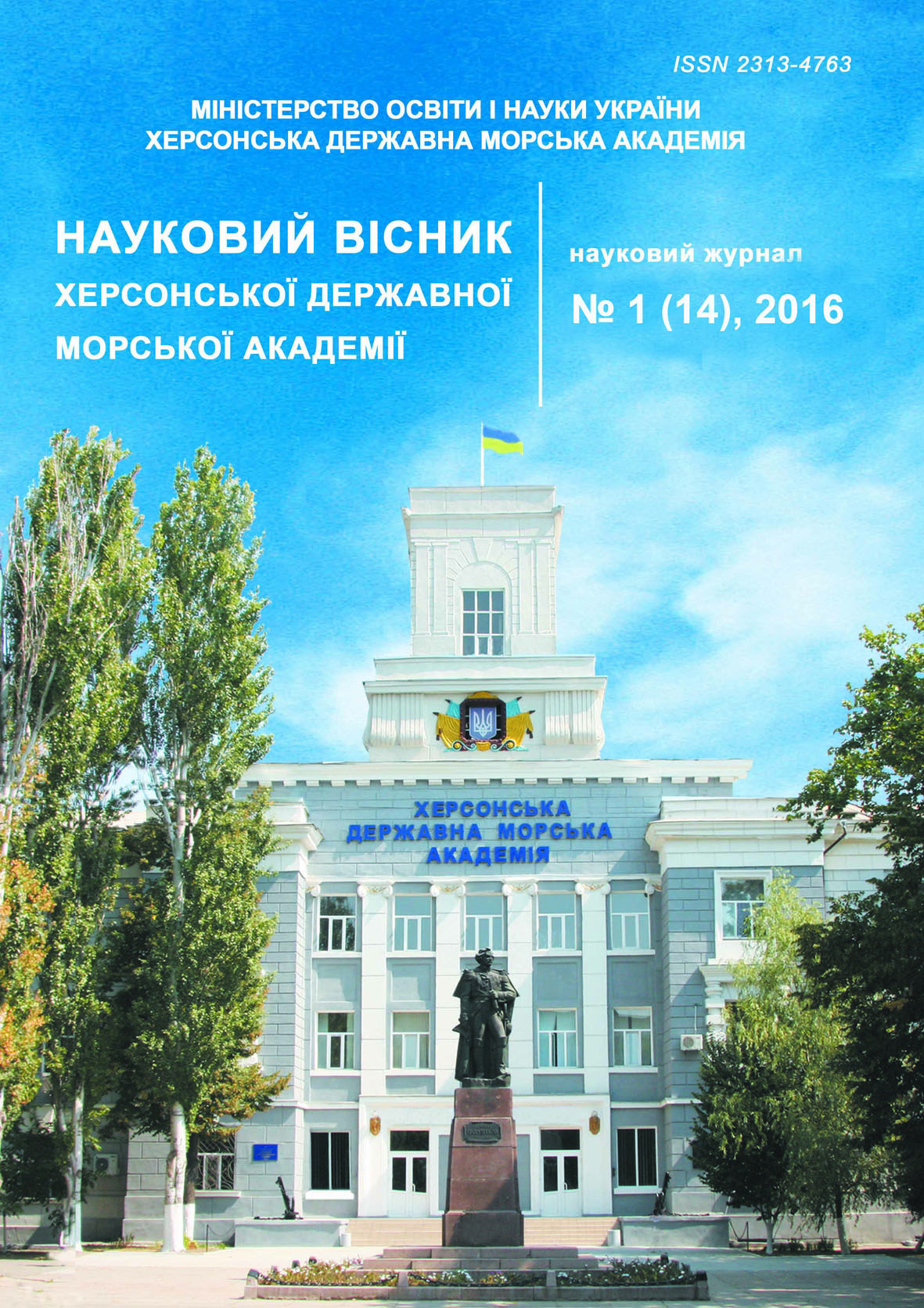CONGESTION AS THE RISK FACTOR FOR DRIVER
Abstract
Reliability of the city transport system mainly depends on the applied technology traffic management. The main element of this system is the driver, the strategy of behavior of which depends on the security of the system. Traffic congestion, arising from the use of improper techniques of traffic management or due to exceeding the rate of motion of the carrying capacity of roads, lead to changes in the psycho-physiological condition of the driver. The vast majority of drivers experiencing the negative impact of transport congestion, manifested in the deterioration of their functional state. The results of studies of the effect of traffic congestion on the functional state of the driver and his reaction time. The study involved the drivers of all major types of temperaments. At the same time it pointed out that one of the main negative factors violations of traffic management technology is the congestion. It is noted that not all representatives of temperaments worsening functional status. To this group belong, phlegmatic drivers. It is emphasized that the effects of traffic congestion for the vast majority of drivers are shown as changes in their response time and largely determine the safety of road users in general.
References
2. Giulev N. U. (2011). Vlyjanye vremeny prostoja avtomobylja v dorozhnom zatore na funkcyonaljnoe sostojanye vodytelja. Vostochno-evropeiskii zhurnal peredovyh tehnologii. 1/10(49), 50–52.
3. Vaysman A. Y. (1976). Osnovnыe problemы hyhyenы truda vodytel’skoho sostava avtotra-nsporta : Extended abstract of candidate’s thesis. Moskva.
4. Mishurin V. M., Romanov, A. N. & Ignatov, N. A. (1982). Psihofiziologicheskie osnovy truda voditelei avtomobilei. Moskva : MADI.
5. Giulev N. U. (2011). Ob izmenenii vremeni reaktsii voditelia vsledstvie prebyvaniia v transportnom zatore. Vistnyk NTU «KhPI», 2,117–120.
6. Törnros J. (1995). Effect of driving speed on reaction time during motorway driving. Accident Analysis & Prevention, 27(4), 435-442.
7. Magister T., Krulec, R., Batista, M., & Bogdanović, L. (2005). The driver reaction time measurement experiences. Innovative Automotive Technology–IAT, 5.
8. Jurecki R. S., & Stanczyk, T. L. (2011). The test methods and the reaction time of drivers. Eksploatacja i Niezawodnosc-Maintenance and Reliability, (3), 84-91.
9. Dannert G. (1998). Grundprobleme der Reaktionszeit des Kraftfahrers.Verkehrsunfall und Fahrzeugtechnik, 36(12).
10. Stańczyk T. L., & Jurecki, R. (2006). Czasy reakcji kierowców w stanach zagrożenia wypadkowego. In WSB im. J. Chrapka w Radomiu. Materiały II Konferencji» Rozwój techniki samochodowej a ubezpieczenia komunikacyjne», Radom ,Vol. 7, No. 8.06, 321-348.
11. Stańczyk T. L., Lozia, Z., Pieniążek, W., & Jurecki, R. S. (2010). Badania reakcji kierowców w symulowanych sytuacjach wypadkowych. Zeszyty Naukowe Instytutu Pojazdów/Politechnika Warszawska, 27-52.
12. Hugemann W. (2002, September). Driver reaction times in road traffic. In EVU annual conference, Portoroz, Slovenia, Vol. 32.
13. Lerner N. D. (1993, October). Brake perception-reaction times of older and younger drivers. In Proceedings of the human factors and ergonomics society annual meeting, SAGE Publications, Vol. 37, No. 2, 206–210.
14. Nishida Y. (1999). Driving characteristics of the elderly: risk compensation of the elderly driver from the viewpoint of reaction behavior. JSAE review, 20(3), 375–380.
15. Behma Y. V. (1976). Otsenka napriazhennosty rabotы vodytelia v realnыkh dorozhnыkh uslovyiakh. Tr. MADY. 128, 29-34
16. Behma Y. V., Havrylov E. V. & Kaluzhskyy Ya. A. (1976). Uchet psykhofyzyolohyy vodytelei pry proektyrovanyy avtomobylnыkh doroh. Moskva: Transport.
17. Hennessy D. A. & Wiesenthal, D. L. (1997). The relationship between traffic congestion, driver stress and direct versus indirect coping behaviours. Ergonomics, 40(3), 348-361.
18. Havrylov E. V., Dmytrychenko Dolia V. K. Et al. (2008). Systemolohiia na transporti. V: Erhonomika, Kyiv: Znannia Ukrainy.
19. Lobanov E. M. (1980). Proektirovanie dorog i organizatsiia dvizheniia s uchetom psihofiziologii voditelia. Moskva : Transport.
20. Hiulev N.U., Dolia V. K. & Bychev M. S. (2013). O vlyianyy yzmenenyia funktsyonalnoho sostoianyia vodytelia na bezopasnost dorozhnoho dvyzhenyia. Vostochno-evropeiskii zhurnal peredovyh tehnologii, 3/3(63), 67–69.
21. Frenkel’ A. A. (1966). Mnogofaktornye korreliatsionnye modeli proizvoditel’nosti truda. Moskva : Ekonomika.
22. Mitropol’skii A. K. (1971). Tehnika statisticheskih vichislenii. Moskva : Nauka.
23. Adler Yu. P. (1968). Vvedenye v planyrovanye eksperymenta. Moskva : Metallurhyya.
24. Halushko V. H. (1976). Veroiatnostno-statystycheskye metodы na avtotransporte. Kyiv : Vyshcha shk.
25. Baevskii R. M., Kirillov O. N. & Kletskin S. Z. (1984). Matematicheskii analiz izmenenii serdechnogo ritma pri stresse. Moskva : Nauka.
26. Hiulev N. U. & Dolia V. K. (2012). Model yzmenenyia funktsyonalnoho sostoianyia vodytelia-flehmatyka v transportnom zatore. Vestnyk Natsyonalnoho tekhnycheskoho unyversyteta «KhPY», 18, 33–36.
27. Hiulev N.U., Dolia V.K. (2012). O zavysymosty vremeny reaktsyy vodytelia ot yzmenenyia eho funktsyonalnoho sostoianyia. Vestnyk Natsyonalnoho tekhnycheskoho uny-versyteta «KhPY». 26, 47–50.






